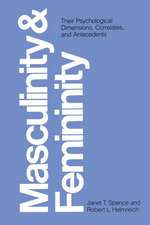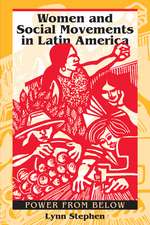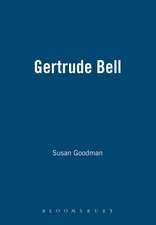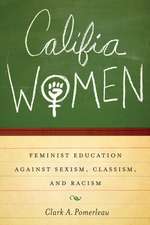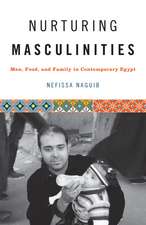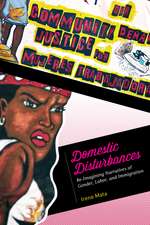Edith Wharton's Inner Circle: Literary Modernism
Autor Susan Goodmanen Limba Engleză Paperback – 15 feb 2011
Drawing on unpublished archival material by and about members of the circle, Susan Goodman here presents an intimate view of this American expatriate community, as well as the larger transatlantic culture it mirrored. She explores how the group, which began forming around 1904 and lasted until Wharton's death in 1937, defined itself against the society its founders had left in the United States, while simultaneously criticizing and accommodating the one it found in Europe. Tracing Wharton's individual relationships with these men and their relationships with one another, she examines literary kinships and movements in the biographical and feminist context of gender, exile, and aesthetics. She also relates the group to other literary circles, such as the Bloomsbury group and Gertrude Stein's salon.
Din seria Literary Modernism
-
 Preț: 111.04 lei
Preț: 111.04 lei -
 Preț: 262.40 lei
Preț: 262.40 lei -
 Preț: 277.16 lei
Preț: 277.16 lei -
 Preț: 200.64 lei
Preț: 200.64 lei -
 Preț: 166.47 lei
Preț: 166.47 lei -
 Preț: 240.26 lei
Preț: 240.26 lei -
 Preț: 203.73 lei
Preț: 203.73 lei -
 Preț: 203.73 lei
Preț: 203.73 lei -
 Preț: 225.50 lei
Preț: 225.50 lei -
 Preț: 225.50 lei
Preț: 225.50 lei -
 Preț: 198.35 lei
Preț: 198.35 lei -
 Preț: 314.03 lei
Preț: 314.03 lei -
 Preț: 249.59 lei
Preț: 249.59 lei -
 Preț: 203.73 lei
Preț: 203.73 lei - 18%
 Preț: 608.84 lei
Preț: 608.84 lei - 18%
 Preț: 606.89 lei
Preț: 606.89 lei - 18%
 Preț: 821.15 lei
Preț: 821.15 lei - 15%
 Preț: 473.82 lei
Preț: 473.82 lei - 18%
 Preț: 607.29 lei
Preț: 607.29 lei - 18%
 Preț: 580.77 lei
Preț: 580.77 lei - 18%
 Preț: 577.78 lei
Preț: 577.78 lei
Preț: 208.14 lei
Nou
Puncte Express: 312
Preț estimativ în valută:
39.83€ • 41.43$ • 32.88£
39.83€ • 41.43$ • 32.88£
Carte tipărită la comandă
Livrare economică 09-15 aprilie
Preluare comenzi: 021 569.72.76
Specificații
ISBN-13: 9780292729155
ISBN-10: 0292729154
Pagini: 187
Ilustrații: 10 b&w illustrations
Dimensiuni: 152 x 229 x 15 mm
Greutate: 0.45 kg
Editura: University of Texas Press
Colecția University of Texas Press
Seria Literary Modernism
ISBN-10: 0292729154
Pagini: 187
Ilustrații: 10 b&w illustrations
Dimensiuni: 152 x 229 x 15 mm
Greutate: 0.45 kg
Editura: University of Texas Press
Colecția University of Texas Press
Seria Literary Modernism
Notă biografică
Susan Goodman is H. Fletcher Brown Chair of Humanities and Professor of English at the University of Delaware.
Descriere
Drawing on unpublished archival material by and about members of the circle, Susan Goodman here presents an intimate view of this American expatriate community, as well as the larger transatlantic culture it mirrored.





